Not a seasoning expert or just looking for ways to spice up your plain rice relationship? Either way, we’re here to help! We’ve outlined some tips to help you achieve peak starch seasoning using ingredients you have at home and other specialty ingredients you can start experimenting with.
Suvie uses a magical process to ensure your starches are cooked to perfection. Suvie’s starches are cooked with more water than a traditional rice recipe, which means instead of your rice absorbing all the water in a stovetop pot during the cooking process, most of the water will automatically drain away. This process also applies to seasonings added to the starch pan before a cook: most will end up in the drain tray. We’ve done hundreds of Suvie starch cooks to determine optimal seasonings, the only thing missing is your tastebuds! Let’s talk about how you can adjust your seasoning tactics to ensure you not only have perfectly cooked rice but the tastiest rice around.
Pre-Cook Seasoning

Salt
Salt helps enhance and intensify the flavor of each ingredient. While most people cooking at home understand that salt is important, many find it confusing deciding how much salt to add to a dish and when to add it. When using your Suvie, it’s important to add salt to your starch before cooking as it will permeate the starch while it cooks and not just rest on the surface. We recommend adding 2 teaspoons of salt to your starch pan before cooking. While this may seem like a lot, it’s important to keep in mind that Suvie exposes your starches to 2 liters of water throughout the cook, all that salt is getting diluted and some washes away.
Dried herbs and veggies
Saffron, bay leaves, kombu (also called dasima in Korea or haidai in China), or dried mushrooms can help your starch take on more flavor. These herbs and spices benefit from long steeping times to bring out the full flavor and impart it to the starch. Longer cooking starches will especially benefit from these additions, just make sure to remove the bay leaf or kombu before serving.
Post-Cook Seasoning
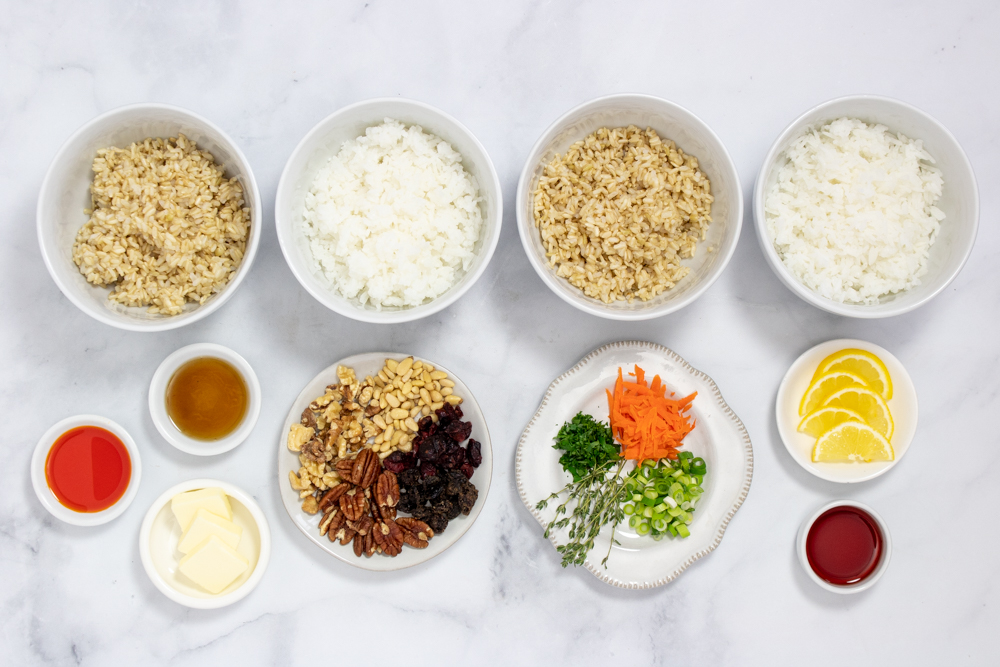
Butter makes it better
Foods with a bit of added fat such as butter or oil taste more satisfying than those without. A tablespoon of butter added to your starch satiates taste buds as our brains are designed to enjoy the taste and texture of fat.
Oil
Oil relies on the same principle as butter: fat makes food taste better. Oil also has the benefit of adding regionality to your dishes, such as toasted sesame oil in a Chinese recipe or quality olive oil in an Italian dish.
Dried fruit, nuts, seeds
Dried fruit imparts an acidic tang while nuts and seeds add yummy fat to our dishes. All of these mix-ins also provide a crunchy or chewy texture that makes food taste more exciting.
Fresh herbs and veggies
Fresh herbs such as parsley, cilantro and impart more flavor than dry herbs and can lend a vibrant kick to a plain bowl of rice. Veggies can add spice (i.e. jalapenos) or crunch (i.e. shredded carrots) that livens up any bland food.
Acid
Adding a squeeze of lemon, lime or a dash of vinegar to a dish balances out the flavors. Acid cuts through fat, mellows spiciness, and evens out saltiness. Acid is a component we often overlook but it can make a world of difference in brightening a dish.
Salt it again!
Season, taste, repeat. Once your starch is finished cooking, taste it! It’s impossible to know how much seasoning a dish needs without trying it. If it still tastes bland add a pinch or two of salt, mix, then taste again. Try switching up your salt source and give bouillon flakes, spice packets, soy sauce, or miso a try. Keep adding seasonings and tasting until you’re satisfied with the flavor.
Sample Recipe
We used a few things lying around our kitchen to spice up some plain jasmine rice. You can use almost any combination of seasonings around the house to make your rice more flavorful. Try experimenting with a few of your favorite spices, tasting along the way to make sure you get the flavor you want.
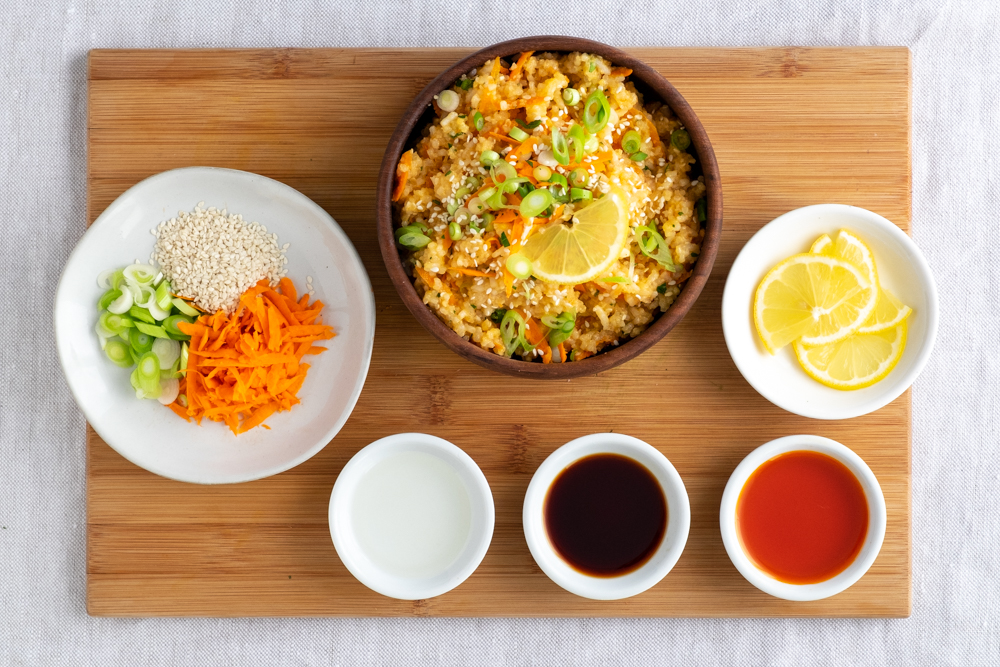
8 Simple Ways to Spice up Your Rice
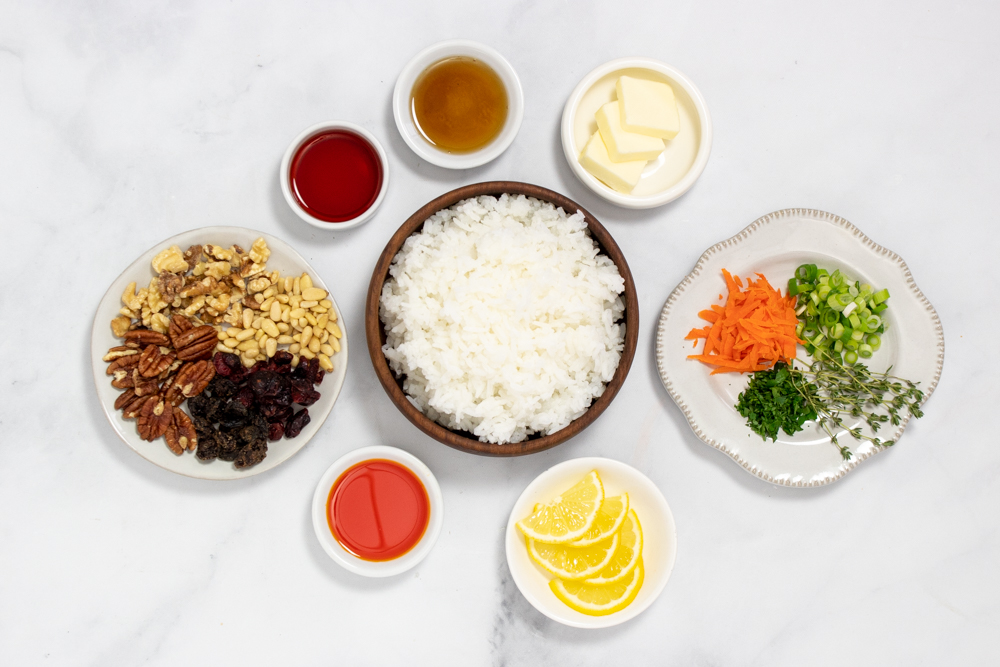
Ingredients
- 1 cup jasmine rice
- 2 tsp soy sauce
- 2 tsp rice vinegar
- 1 tsp chili oil
- A squeeze of lemon juice
- ½ cup shredded carrots
- ¼ cup sliced scallions
- 1 tbsp sesame seeds
Directions
Mix the soy sauce, rice vinegar and chili oil in a bowl. Pour rice on top and mix. Sprinkle carrots, scallions and sesame seeds on top with a squeeze of lemon juice. Toss and serve!
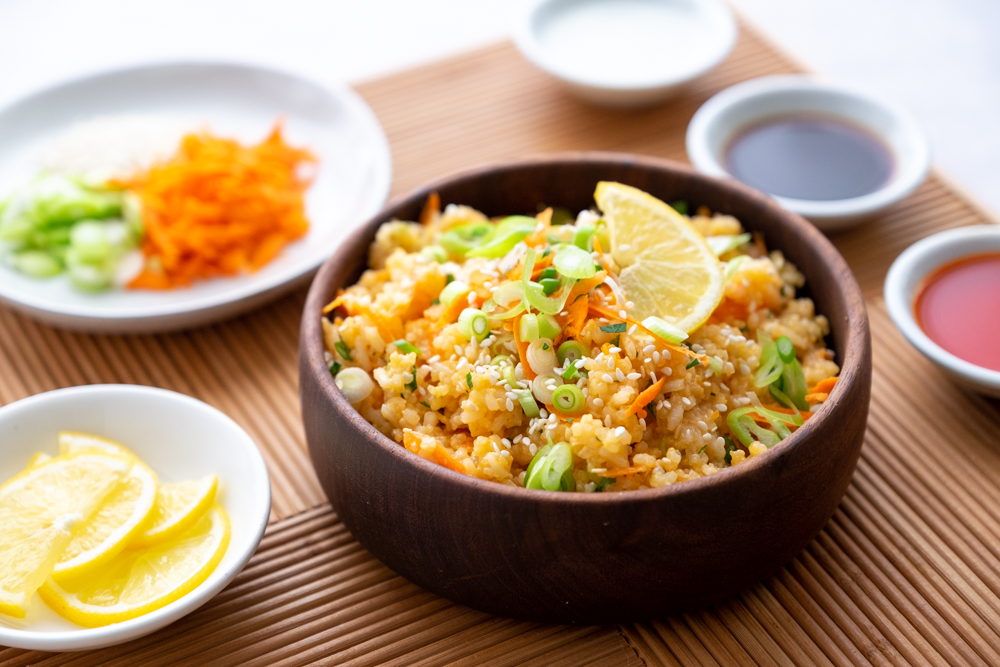


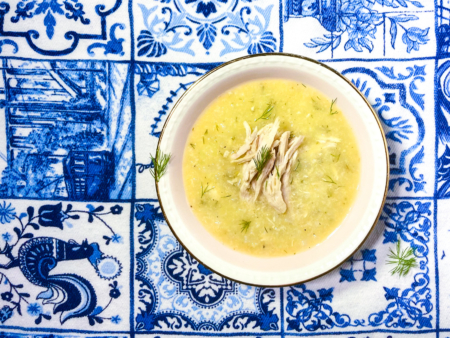
You just took a healthy dish and added 600 mg of sodium. So much for healthy. Substitute Worcestershire sauce for the soy. Goes from 600 to 100 mg of sodium.
Hi Jim, that’s a great suggestion for a low sodium alternative. You could also use a low sodium soy sauce to keep the flavor profile the same.
Liquid Aminos may be a good alternate for soy sauce for those more health conscious. A friend who is a certified (but not practicing) nutritionist turned me on to liquid aminos….it’s been a while but the kind I had in the past did taste just like Soy Sauce to me.
Not judging anyone’s stance on any of the sauces or alternates mentioned (because honestly I wouldn’t have thought of Worcestershire but now I want to try it just because…well yum also!) Just hoping to add to the versatility of the dish you shared. Sound’s delicious!
Bragg sauce is good …if you nvr tried it
salt wont kill you if youre eating like a human and not an elephant, salt is not bad for you, its crucial and you are not health unconscious if you dont worry about sofium intake. good for you for being aware of how much salt you eat but dont just label it as unhealthy. it is healthy and you need it. if you got blood pressure problems, then you dont need it as much, not us regulars.
Or Jim Use low sodium soy , no worries. Giggles. Prob solved with losing healthy
Thanks for suggestion, just recently had to cut out sodium and previously used soy
I’d like to add on the topic of salt is it’s important to have a sufficient amount of “iodized” salt in your diet. The iodine keeps the thyroid regulated and cleanses the cells.
This is important if you are not eating seafood which provides abundant iodine.
Can this dish be made Gluten Free?
Yes, if you substitute tamari (or another gluten free soy sauce) for the soy sauce this dish will be gluten free.
Oregano